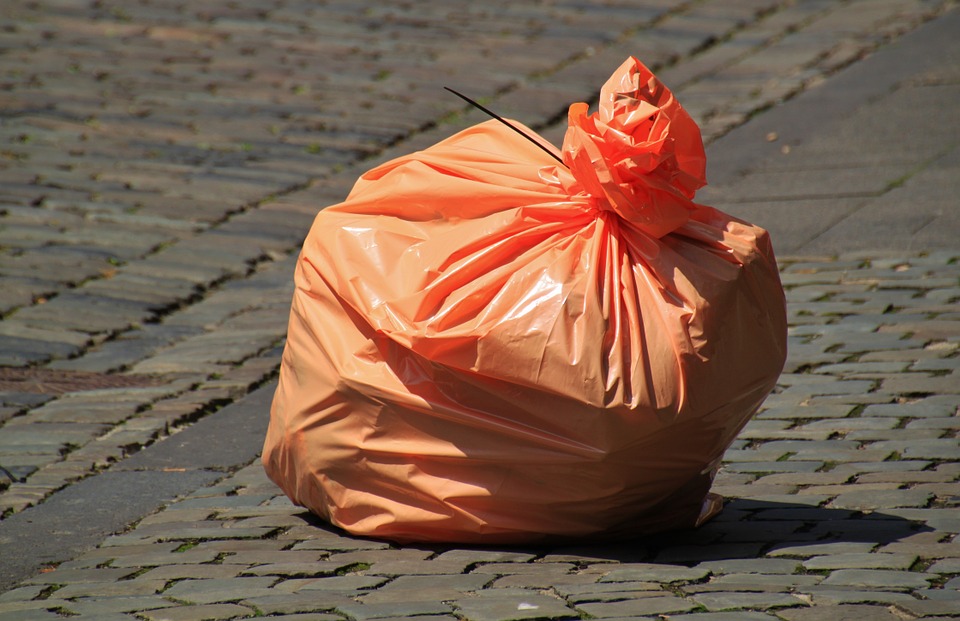Is Paper or Plastic more Green for Packaging and Buying Groceries?

Practising sustainable practices and consumption patterns is tough when there’s so much non-green product out there. Plastics and paper are both materials regularly used to package and distribute commercial products across our planet. Although some types of these materials are recyclable, others are non-recyclable.
If we are to build sustainable communities on Earth, we must prioritize green options over non-green. Done right, you can reduce your carbon footprint by making choices on products which do not use up as much of our natural resources and/or which contribute to the build-up of greenhouse gases. Thereby, we hope to answer the question this week on whether plastic or paper is more green for packaging and buying groceries.
Most stores use plastic or paper in packaging, including in the bags they give out groceries and product in. In all honesty though, there are issues with both materials. Plastic bags are made from petroleum-based polyethylene which, in manufacturing, produces harmful emissions. It also cannot be recycled. As it doesn’t degrade, plastic bags tend to hang around for a long, long time in our environment.
Comparatively, paper bags are made from processed tree pulp. Thereby, not only are carbon dioxide-filtering trees destroyed in the manufacturing of these paper bags but toxic chemicals added in also make it even worse. Among those toxic chemicals are chlorine and dye. To manufacture these chemicals, they create even more dangerous emissions. If you’re concerned with your environmental footprint, the use of paper bags can be even more damaging than plastic.
The only real solution is to reject plastic and paper both, and to bring your own reusable cloth bags when you go shopping. When discussing packaging, almost all products shipped within North America are done so either in cardboard or plastic. Cardboard production destroys trees whereas plastic manufacturing releases all sorts of chemicals into our atmosphere. Sure, cardboard breaks down and plastic doesn’t break down naturally, but both products are still rather non eco-friendly.
As consumers, one way to limit the amount of cardboard or plastic you use in your product packaging, you can buy in bulk. Manufacturers oftentimes eliminate extra packaging materials in bulk product units.
As manufacturers, there’s a lot they can do to eliminate cardboard and plastics from the supply chain. More companies are experimenting with green-friendly packaging and green technologies, including cellophane wrap made from biodegradable materials.
The unfortunate truth about the plastic v. paper debate is that there is no simple answer. Any packaging requires adequate materials to protect the product and until an affordable alternative comes along, the use of cardboard and plastics are a necessity. When it comes to buying groceries, cloth bags are thankfully making a difference. Even so, across North America, plastic bags are still used on the regular and paper bags are not cheap to make – cost-wise or environmentally-speaking. The best answer we can give on this question is to seek out alternatives to completely avoid the use of paper and plastics. Consumers, manufacturers, and stores all have a role to play in minimizing our carbon footprint.
Prolong the life of our environment by reducing paper and/or plastic consumption. As a waste management and recycling company, we support the continued development of alternatives to paper and plastic. If you need waste management or recycling services in Toronto, feel encouraged to contact a representative at Core Mini Bins.


